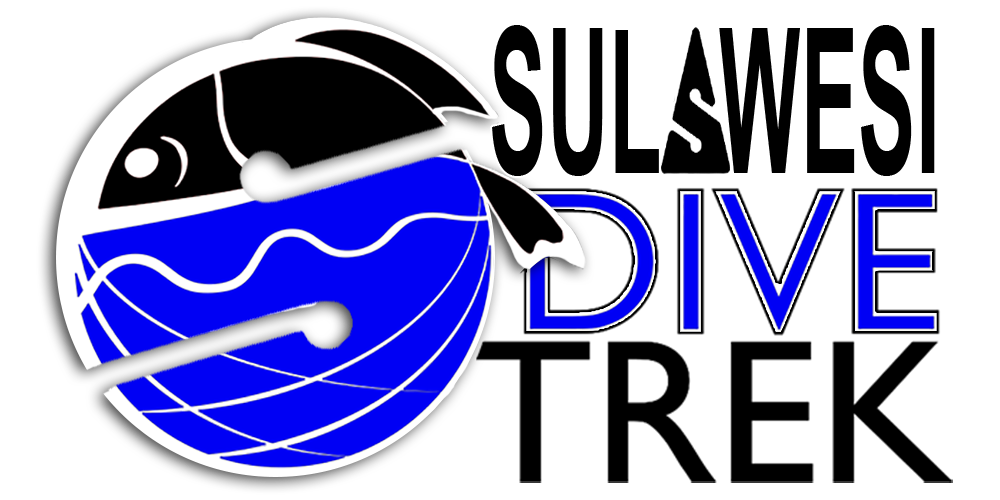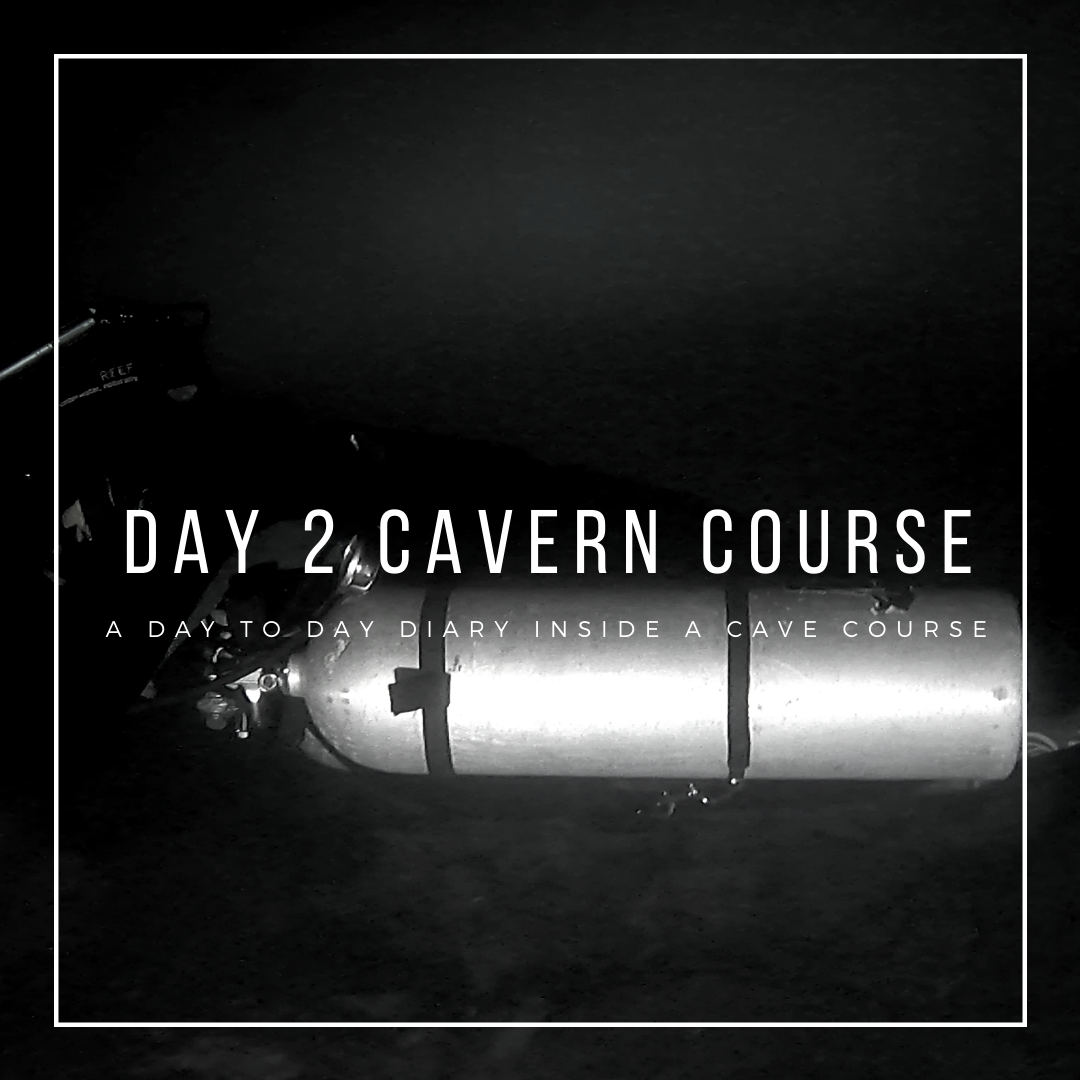Day 2 Cavern Diver Course.
Location: Wangi-wangi island, Wakatobi.
Cave: Goa Kontamale.
Dive time: 140 minutes
The second day starts the same way as the first. We sit by the sea and first review the students auto evaluation. I found this teaching tool very useful. I ask the students to self-evaluate themselves using the IANTD Watermanship Evaluation Form. This allows me to figure out how good they think they are and what’s the gap between their impression and their actual skill level. Moreover, it allows the group to see and quantify trends of improvement over the course.
After completing this exercise, we start the theory, while enjoying a cup of coffee by the sea. What a location to take a class !!!
On this day’s menu, we have various themes:
– Cave Access (Private / Public Land), how to gain access to a cave by respecting law and conventions.
– Cave Conservation or how to preserve and protect our caves.
– A small overview of what are speleothems, how they’re formed and why are they so precious (physics nerd me enjoy this one).
– Phreatic formations in active caves, or more simply, how caves are carved by water force.
– Sediments : what are they ? how are they classified ? how do they affect our diving ?
– Cave life : what is living down there ? Believe me there is a lot !
– Artefacts and fossils, or how human beings have been using caves as shelter or sacred places.
Then come the big part of the day: AWARENESS.
Awareness is a word you will hear a LOT in my courses. All the difficulty of training as a cave diver is to be able to perform several tasks and complete the dive by staying constantly aware. The awareness is like concentric circles that start by your self-awareness: how do you feel? Is your trim good and consistent ? how is your buoyancy? are you streamlined ? are you confident ? etc. We then extend the circle to the team-awareness: how is my buddy? can I see his light? Is he behaving ok? What is his turn pressure? Is he stressed? etc. An even larger circle is the line-awareness: Where is the line? How am I positioned according to it? Will I be able to follow it blind? Blind and sharing air? etc. And eventually the largest circle, cave-awareness: Can I picture my location on a mental map of the cave? Am I disturbing the sediment? How far have I traveled in the cave? Will I recognize this passage on my way out? How should I position myself in this passage? etc. The list of questions is pretty large and being aware means that you should constantly ask yourself those questions in an infinite loop while performing the tasks you have to do. No need to say that it is a pretty strenuous task for the mind.
Team dynamic is also discussed. We talk about how having a buddy can be a valuable tool for survival and compare it to Solo Diving.
The second part of the day is about the land drill. It is a valuable time of the course where we try and discuss the different skills we’re going to use on our next dives. And the second day’s main course is the guideline.
The guideline is your best and worst enemy in a cave. It is what connects you to the surface, it is sometimes the only way you can exit safely. But it is thin, it is small, and it has a bad tendency of getting entangled everywhere and move to places where you can not go. Its use has to be mastered in order to enter the cave.
The students learn how to set it up, how to make their primary and secondary tie off and how to tie off to move further into the cave. Believe me it’s not an easy job. Students have to find the right spot so the line is easy to follow, hard to entangle, protect the cave, protect the team unity and easy to use as an escape route in the worst situation ever: sharing air while in no visibility.
Deploying the guideline is a team work. The number 1 task is to deploy it to offer a clear and easy route; task number 2 is facilitating number 1’s work by providing light and number 3 is a backup brain and eyes in the back of the team. There are many, many things to consider when deploying the guideline! So many that writing them here would be way too long.
Eventually the students will review again the out of air drills, the blinded exit and some basic failures like a mask or primary light failure. Every day is about consolidating previous learned skills and adding news one.
Last but not least on that second day, the actual diving. Everything that we learned, theory and land drills, will be applied underwater.
The students go through the START drill again, descend, and one by one will be laying line around the cavern. It is important that only one works while the others act like real team buddies. Every mistake is corrected on the spot and recorded and will be debriefed by the team at the end of the day. When every team member has deployed and retrieved the line, we’re going back to propulsion techniques if they’re still not mastered. Usually, the back kick is the most complicated one and need a few sessions to be perfected.
Then we work on basic failures such as light, mask, out of air, freeflow, blind exit with touch contact etc.
At this point, the students realize that doing all those drills and line work while maintaining constant trim, buoyancy and full awareness on the 4 circles is a strenuous task and they end up the day washed up by the constant tension in their brain.
Finally we all meet back at the hotel and do a long and thorough debriefing, always with the same schematic: personal and team evaluation, one by one. Then I replay the whole dive and we’re discussing and talking the different mistakes and the ways to avoid them and correct them.
The debriefing is probably the most important part of the day and that’s exactly how we capitalize on the mistakes we did on the same day and progress towards a better day and better performance.
See you tomorrow for the next adventure.
If you missed it you can read Day 1’s report here:: https://www.sulawesidivetrek.com/index.php/2022/04/23/day1caverncourse/
List of all IANTD Courses, visit the IANTD Website : https://iantd.com/index.php/en-us/courses/iantd-ice-cave-mine-wreck-diving/


0 Comments